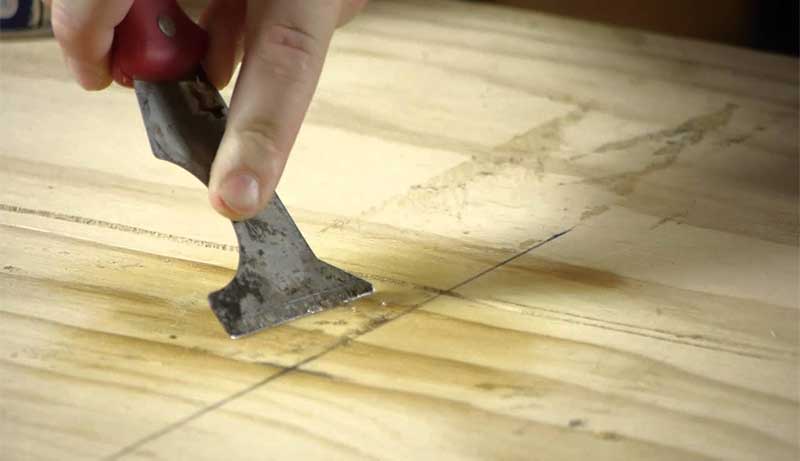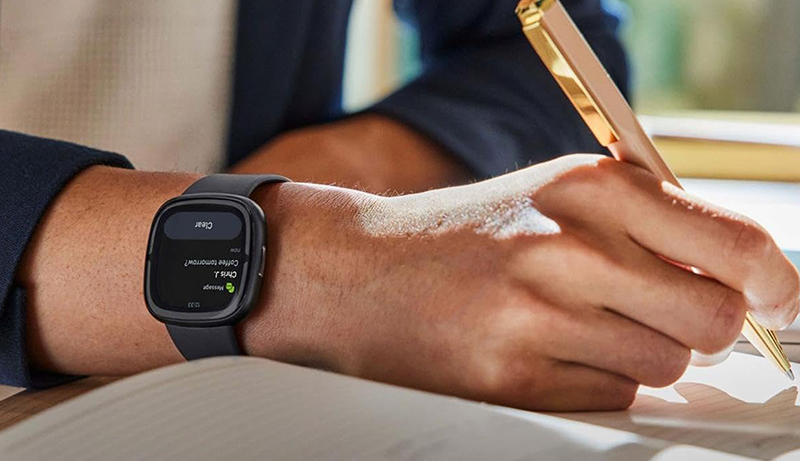Adhesive plays a pivotal role in woodworking, contributing to the longevity, reliability, and flawless finish of joints.
However, despite its many benefits, glue can be a formidable source of mess. Accidental spills on workbenches or floors are not a cause for concern if promptly wiped away. Yet, once dried, removing glue becomes a challenging task.
Furthermore, certain glue varieties have the tendency to expand up to three times their initial volume during the drying process. This expansion can mar the aesthetics of your final product and potentially harm your woodworking endeavors.
To address these challenges, we’ve diligently tested various methods for effectively removing excess wood glue from both your cherished masterpieces and their surrounding areas.
How to remove wood glue without damaging your wood
1. Silicone/Plastic Spatula Method:
- Soak a clean cloth in warm water and place it over the dried glue, allowing it to soften.
- Gently scrape the adhesive from the wood using a plastic or silicone spatula, ensuring not to damage the wood finish.
2. Using Heat:
- Apply heat using a heat gun or a hairdryer on its highest setting, maintaining a safe distance to avoid wood damage.
- Once the glue is malleable, carefully remove it and wipe the area clean to eliminate any residue.
3. White Vinegar Approach:
- Soak a towel in white vinegar and dab the dried glue, allowing it to loosen.
- The adhesive will start peeling off; any remaining residue can be delicately removed with steel wool.
4. Salt and Lemon Juice:
- Mix salt and lemon juice for stubborn stains, applying the mixture to the glue-discolored area.
- Let it stand, then use a toothbrush or scrubber in a circular motion until the glue begins to lift. Scrape off the remaining adhesive with a spatula.
5. Nail Polish Remover and Acetone:
- Use acetone-based nail polish remover on unpainted wood, applying it directly to the stain.
- Allow it to rest, then rub the area with a cloth until the stain is gone. Wipe off any excess and repeat if necessary.
6. Cooking Oil Technique:
- Cover the glue with a cotton cloth saturated in cooking oil, letting it sit.
- Wipe the area vigorously with the same cloth; follow up by scrubbing with a soapy water-soaked sponge to dissolve any remaining oil and glue.
7. Sandpaper Method:
- Use 600 grit sandpaper to rub the dried glue spot, applying moderate pressure until the glue’s surface is flush with the wood.
- Polish the remaining glue gently with 1200 grit sandpaper and wipe with a clean cloth.
8. Scrapers for Dried Glue:
- Allow spilled glue to dry completely before using a sharp scraper to remove it, working in small sections.
- Collect the scraped wood drippings and wipe the area clean for a pristine finish.
Closing Remarks
The success of these methods hinges significantly on the choice of glue and the quality of the wood’s finish. However, the removal of wood glue can be a straightforward task with common household products and a bit of patience.
Embrace the joy of woodworking!





Leave a Reply